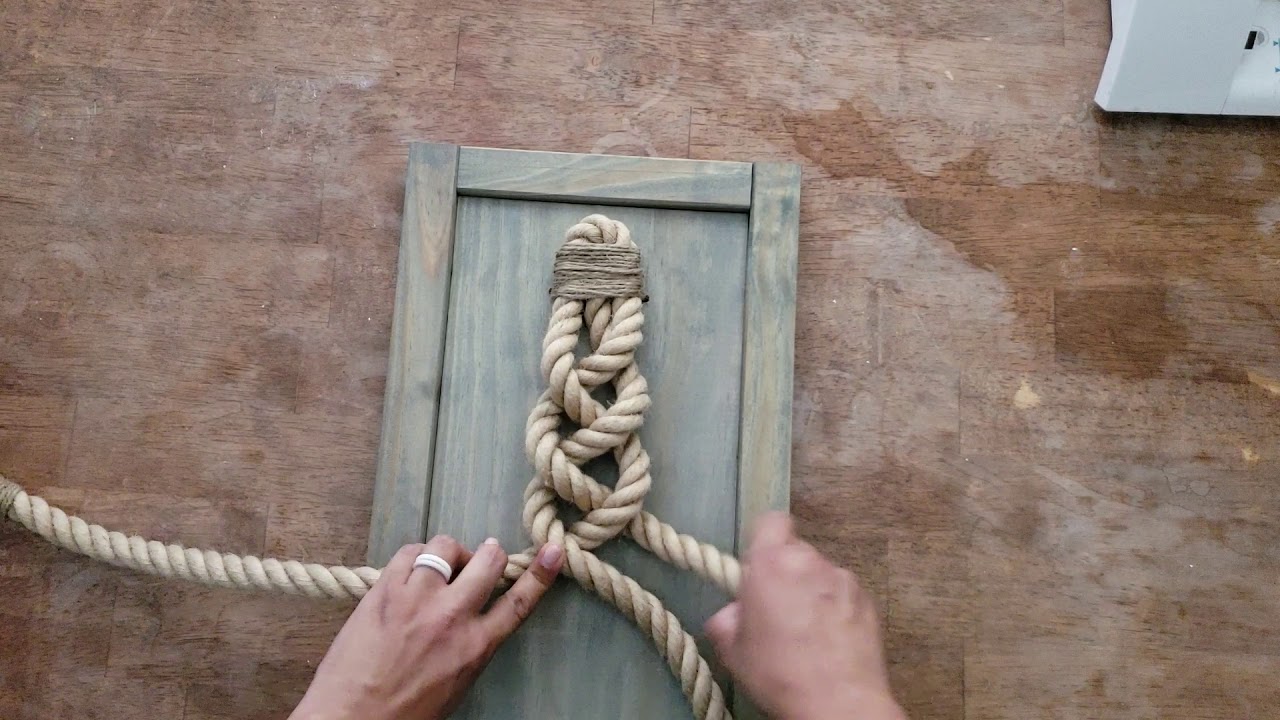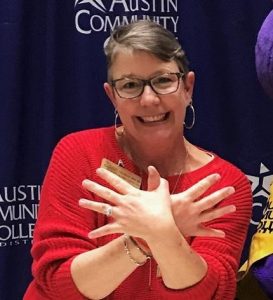
 Today’s blog was written by Amy Simons, MSN, RN, a nurse with 30 years of experience, who has taught at Austin Community College in Austin Texas the past six years. Amy is a firm believer that nurses must be lifelong learners and that sharing this knowledge is one of the greatest joys of being an educator.
Today’s blog was written by Amy Simons, MSN, RN, a nurse with 30 years of experience, who has taught at Austin Community College in Austin Texas the past six years. Amy is a firm believer that nurses must be lifelong learners and that sharing this knowledge is one of the greatest joys of being an educator.
If you have questions, or would like to learn more about what she shared today, contact Amy at: amy.simons@austincc.edu
As an educator, have you considered the academic or personal challenges your students’ may be experiencing?
Any problems they are experiencing impacts their ability to be successful before they even enter the classroom. During one of my master’s practicum experiences, I first learned that students who speak English as a second language or are first-generation college attendees are more likely to fail out of nursing school.
This information opened my eyes to ideas I had never encountered before. Some students in my associate degree program face hunger, homelessness, imposter-syndrome, abuse, single parenthood, divorce, or death of a loved one.
The list seems endless.
As faculty, we can’t change life’s circumstances, but we can put into place measures to support students academically as they face these challenges, sometimes alone.
I teach in a community college where we were concerned about the rate of attrition in our first semester students. Up to 40 percent of them were unsuccessful in a recent first semester.
As a friend reminded me recently, the key to student success is providing a sense of community in our programs. Solomon, one of the wisest kings of ancient history wrote in Ecclesiastes 4:12 that one person may be overpowered, but two together can put up resistance, and a three-ply cord doesn’t easily snap!
A braided rope with three strands is stronger and has more flexibility since individual filaments may break but this doesn’t affect the working load of the rope.
Thinking about the strength of the three strands gave me the vision to develop a three-tiered approach to improving student persistence in our program.
First Strand
The first strand is the development of community through a program-wide orientation. This orientation is a time for students to meet faculty, others in their cohort, and to be introduced to the supports available through the program, the college, and the community.
The social setting, availability of food, conversation, and environments create an environment for developing important peer to peer and faculty relationships. The goal of this event is to build community, form relationships, and get students engaged and interacting with one another. In essence, this event communicates to students that they matter.
Second Strand
The second strand is using kindness as a framework for developing classroom expectations.
Collaboration in the workplace has been shown to empower members of the team and develop a more communicative environment.
Collaboration allows for shared intelligence and improves outcomes. Students want and need work that will enhance relationships with people they care about, and the drive for interpersonal involvement is pervasive in all our lives.
Expectations are made clear on the first day of class, and examples of respectful communication and behavior are provided. Each day, students are greeted by faculty as they enter class. Socialization occurs, and relationships are developed. Students feel respected, cared for and gain confidence.
Faculty model collaboration by demonstrating collegial relationships and providing respectful feedback to students. Active learning opportunities and group work facilitate team building and enhance engagement in the classroom.
Student engagement is a useful model for understanding persistence and success. Engaged students do more than attend or perform; they put forth effort, self-regulate behavior, and position themselves for desired academic, social, and emotional learning.
Third Strand
The third strand is the use of kindness and appreciation among faculty members. Students need to learn the appropriate skills to be a nurse, and one of those skills is socialization to the profession .
They learn this when faculty model these respectful, professional behaviors. We recognize and appreciate each other through a “scatter kindness” basket.
Individuals are acknowledged by one another through small treats and kind words, and once a recipient, they get to pass the kindness forward to other faculty members.
Professional collaboration between students and faculty is defined as a mutually beneficial and well-defined relationship. Appreciating one another aids the trust, shared vision, and communication that promotes collaboration.
Students are positively influenced by faculty that support and encourage one another, thereby learning ways to develop critical intra-professional relationships.
In Closing
Do all my students pass? Unfortunately, the answer is “no.”
However, our student attrition rates have declined, influential peer groups develop earlier in each semester, and our NCLEX pass rates have also improved.
One of my roles is conducting exit interviews when students aren’t successful. From these conversations, I have gleaned that sometimes the challenges they face are insurmountable “right now,” but because they feel valued, they remain hopeful that their future continues to include nursing.
Never forget that a cord of three strands is not quickly broken! As faculty, you have the ability to create an academic culture where all three strands are present to change culture and create a collaborative community of learning in your program!
Keith Rischer – PhD, RN, CEN
As a nurse with over 35 years of experience who remained in practice as an educator, I’ve witnessed the gap between how nursing is taught and how it is practiced, and I decided to do something about it! Read more…
The Ultimate Solution to Develop Clinical Judgment Skills
KeithRN’s Think Like a Nurse Membership
Access exclusive active learning resources for faculty and students, including KeithRN Case Studies, making it your go-to resource.



